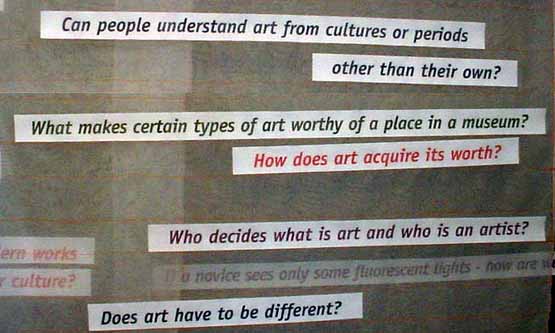
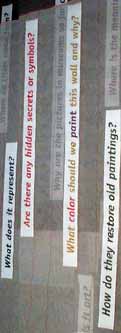


The goal of this special exhibit in the Cantor Art Center at Stanford was to get people to think about what art really is, and how it fits into the rest of the world around us. These are only a sampling of the questions built into the question composition you clicked on to get here.
The first few exhibits in the show were designed to get you to think about what art is. This horse was actually cast bronze, just like most of the horses carrying big heroes of the past in parks all over Washington, DC. Behind the animal is a plaque explaining that the original driftwood horse had been covered in a molding material, burned out, and bronze had been cast in its place. Then the metal animal had been finished to look like driftwood. In other words, it was a much more thoroughly thought out piece of work that it looked like.
They had a fridge to get you to think about the fact that most children have their art up on the fridge. What is art if it isn't something you want others you care about to see?
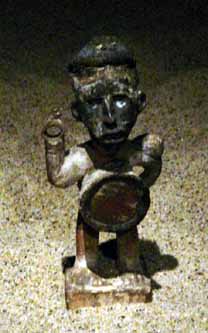
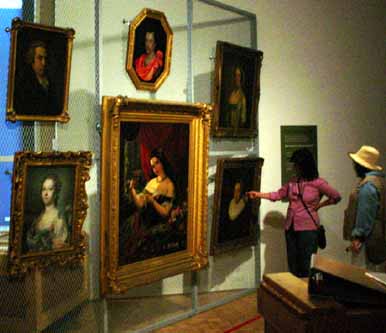
This African figure was probably not originally designed to work as western art, but it happened anyhow.
These highly polished classical works were surrounded by packing crates and bric-a-brak. The curators were trying to convey the idea that a lot of these things sit in storage for long periods of time, waiting for someone to look at them. Is it more or less art because it is seldom seen? Why?
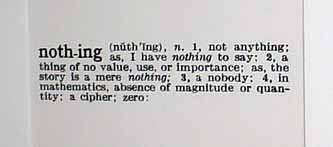

This was part of a sequence of nothings ranging from a dictionary clipping to a full sized painting, all containing these words in this order. After the docent had pointificated at some length about how materials and production value go a long way towards shaping our perception of the artistic content of something I said "I have a nothing sticker on my car, but it doesn't have that dash in it."
She replied "I can't improve on that." Then we went onto the next section where the exhibits were intended to underwhelm in a kitchy kind of way.
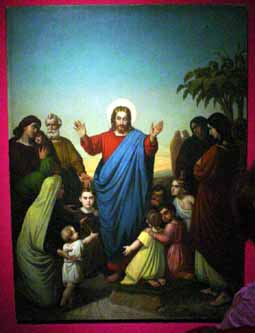
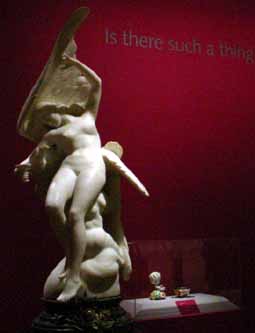
To understand the picture of Jesus blessing the children, it helps to know that the guy under the guy with the gray beard's left hand is Leland Stanford Jr., whom Stanford University is named after. His mother had it commissioned a few years after the guy died tragically at about fifteen.
